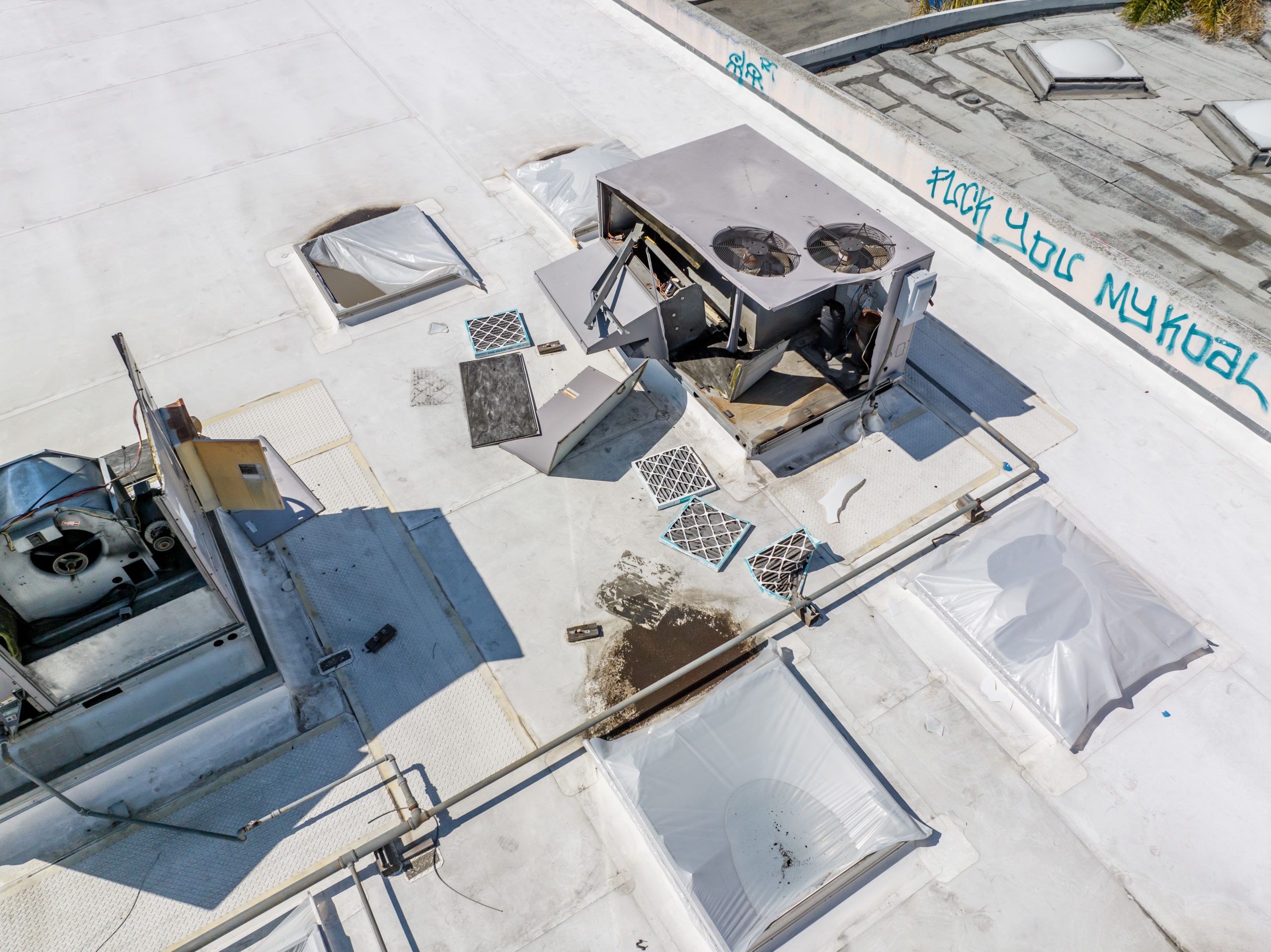Clear and compelling evidence is essential in personal injury (PI) litigation, especially for road traffic accidents. Drone technology has become a key advancement, providing precise visualization and a detailed understanding of accident dynamics, making it an essential tool for legal teams.
Direct Aerial Insights
Traditional investigation methods like ground-level photography, eyewitness accounts, and manual measurements often miss the full context of an accident scene. Drones offer a solution by providing high-quality aerial footage that reveals critical details and spatial relationships not visible from the ground. This perspective is crucial for analyzing complex traffic accidents, showing road layouts, signage, visibility issues, and the positioning of vehicles and debris.
Accurate Data Collection
Drones with advanced sensors and imaging technology produce accurate aerial maps and 3D models of accident scenes. This data is vital for visualizing the accident and supporting detailed analyses and reconstructions. It allows experts to precisely evaluate distances, angles, and the force of collisions, which are key in determining fault and liability.
Real Conditions Capture
Drones also capture the environmental and road conditions during the accident, such as weather, lighting, and road wear, which can significantly influence the outcome of a traffic accident and jury perceptions. This visual evidence provides a more accurate and convincing narrative of the accident’s circumstances.
Enhancing Evidence Presentation
In court, presenting clear, compelling evidence is crucial for a favorable outcome. Drone-generated images, videos, and 3D models are powerful in making complex accident scenarios understandable and engaging for juries, potentially swaying opinions and influencing verdicts.
Cost Efficiency and Speed
Drones offer cost efficiency and operational speed over traditional methods, which are often time-consuming and labor-intensive. They can quickly cover large areas, reducing the need for manual effort and cutting down on investigation costs.
In conclusion, drone technology is transforming PI case investigations by improving the accuracy and persuasiveness of evidence. It provides detailed aerial views, collects precise data, and presents compelling visual evidence, aiding legal professionals in building more substantial cases for road traffic accidents. As drone technology continues to evolve and become more accessible, its role in legal investigations will only grow, emphasizing its importance in achieving justice and accountability.

